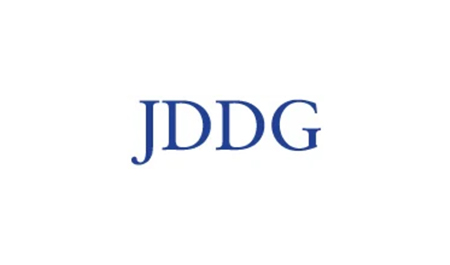Objective: A third of people with diabetes will develop a foot ulcer during their lifetime. The absence of pain secondary to neuropathy often leads to a delay in diagnosis and treatment. Diabetic foot ulcer (DFU) complications, such as infection and amputation, increase mortality and strain the financial resources of health systems across the world. Cellular and/or tissue products (CTPs) have played an important role in the closure of DFUs. Investigators continue to search for new CTPs that facilitate healing. The aim of this study was to assess the efficacy and safety of a porcine peritoneum-derived matrix in DFU treatment.
Method: Patients with longstanding DFUs participated in this institutional review board-approved, multicentre, prospective pilot study evaluating the time to healing over 12 weeks. In addition to weekly assessments for wound size, investigators analysed bacterial burden using the MolecuLight procedure (MLiX) and bacterial protease (BPA) testing. Participants received a weekly application of Meso Wound Matrix Scaffold (MWM), a lyophilised porcine peritoneum-derived matrix (DSM Biomedical Inc., Exton, PA, US) for up to eight weeks. Descriptive statistics were chosen for this analysis.
Results: A total of 12 male patients and three female patients with an average age of 57 years were enrolled over a two-month period. The average wound duration was 30 weeks. Due to unrelated health issues, four participants were withdrawn. For the study endpoint of complete wound closure at 12 weeks, six (55%) of the remaining 11 patients achieved complete closure, and four (36%) patients healed during the 8-week treatment period. The average number of CTP applications was six. Patients who healed all had negative BPA by nine weeks and no fluorescence on MLiX, indicating low bacterial load.
Conclusion: This small pilot study indicates that patients with longstanding DFUs may respond to a porcine peritoneal-derived CTP. In this study, the CTP appears to have inhibited bacterial growth in the wound; however, further research is needed.













